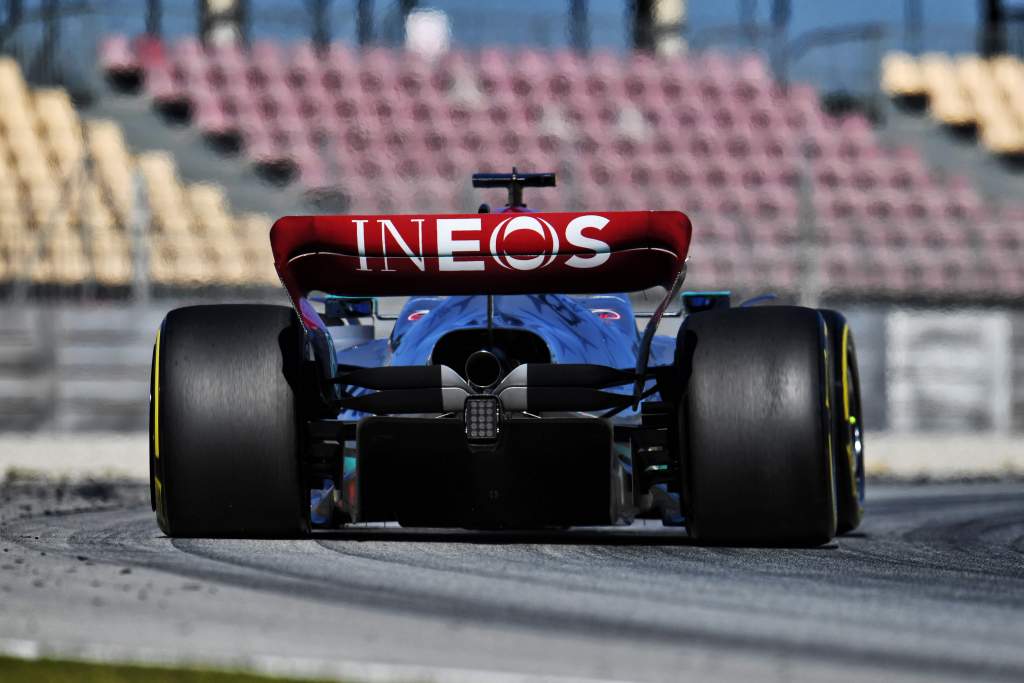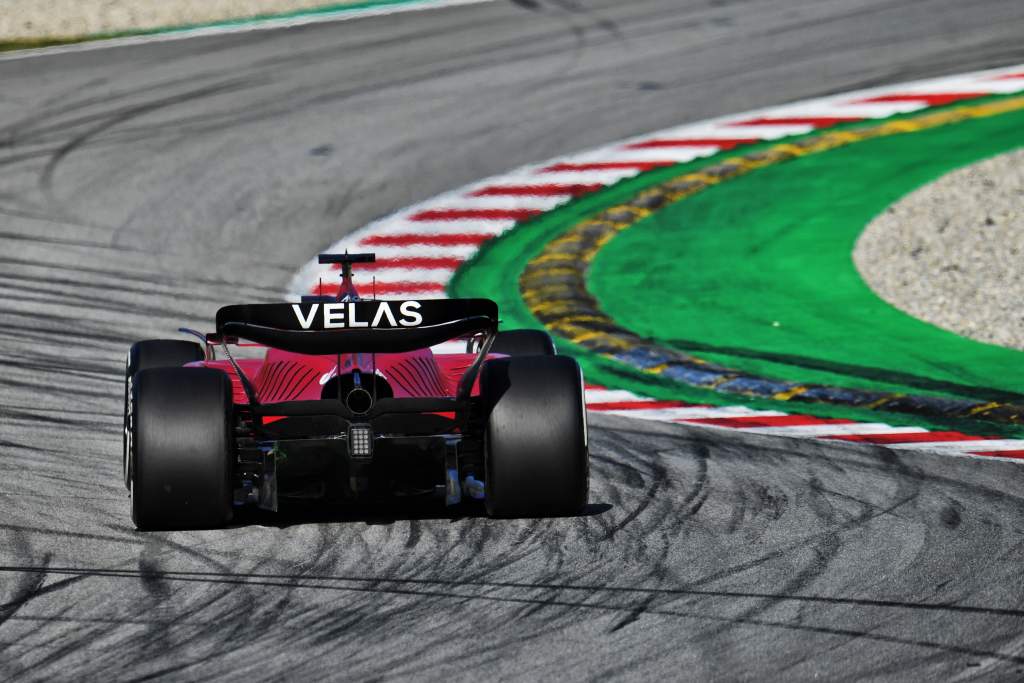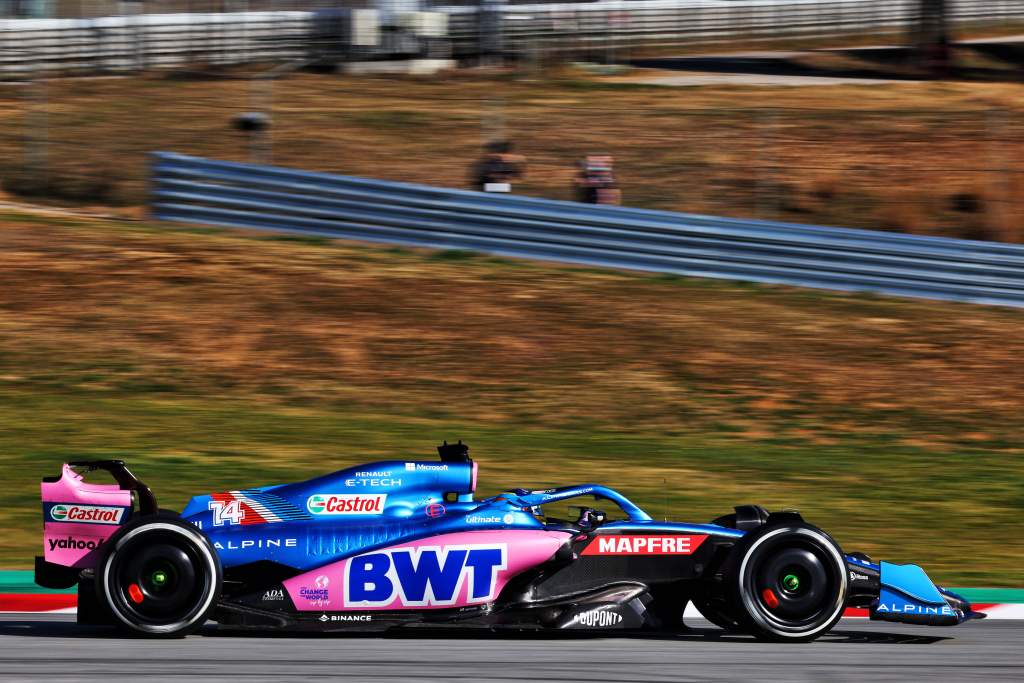Up Next

Taking a trackside walk around the Circuit di Catalunya’s perimeter road, I was very aware I was witnessing the very first morning of an entire new era of F1. And just as the cars are the most diverse-looking crop we’ve seen for decades and look very different to their predecessors, so their behaviour on track is totally different – to before and from each other.
For the most stark difference from what we’ve got used to, the best vantage point is probably the final chicane. The cars are so slow through there – even the fastest ones visually slower than the slowest of the old cars.

Through the preceding Turn 13 you can see them understeering quite heavily, so they are already slower as they exit onto that short chute before the chicane. But then they have to brake more to get turned in and they remain slow all the way through to the apex.
It really is quite stark. The first few cars through make you question whether they are about to pit. But no, they are just struggling here – aerodynamically, from the extra weight of the wheels (which the drivers are reporting you can really feel under braking) and from not being able to take as much kerb as before because of the stiffness of the suspension and their more rudimentary technology.
But walk in reverse direction to the track, to the exit of the fast Campsa corner (Turn 9) and they no longer look awkward.

Here, where they are running in the high-speed sweet spot of those underbody venturis, they are arriving faster than before (less drag from these less effective wings) but are still flat – so are going through there faster than ever.
Only on cold tyres does it ever look a little marginal, as George Russell demonstrates with a dramatic-looking twitch first lap out of the pits in the Mercedes. Next time through there, it’s nailed.
At the bottom of the preceding hill, Turns 7-8, a fast approach into a medium-speed uphill corner, Charles Leclerc is hugely confident in his Ferrari already, taking a lot of speed in, bullying his way through the understeer with plenty of throttle and controlling the then-wayward rear with his right foot as much as the steering. It looks old-school, but impressive.

There’s a tunnel beneath the pit straight that takes you to the grandstand side from where you can see they are literally whistling through the air faster than before. At this speed there’s a high-pitched accompaniment to the whoosh of the power unit and it comes from the resonances of the air as it passes over and through these bodies.
The sound of a locking tyre has changed too – as Russell repeatedly demonstrates at Turn 1 where they are still braking at about 50 metres and making three, sometimes four, downchanges.
Gone is the squeal of the old tyres; instead there’s a deeper jet thrust-like noise as the rubber is dragged over the surface. This is happening more often with these stiffer suspensions and more basic suspensions.
Talking of sounds, the Alpine of Fernando Alonso – dramatic on cold tyres, straight out the pits, treating it as if it were just a kart – sounds muted. Its power unit is maybe at a different stage of its reliability sign-off than the others and running lower revs, something its lack of speed through the traps would tend to support.

But those reaching the higher speeds – beyond 320km/h – are suffering porpoising, even the fastest cars. It’s not violent, but it’s visible, and it seems to have caught everyone by surprise.
At the demanding turn 2-3 sequence – where exiting the left-hander of 2 put you on a compromised shallow line into 3 – there’s one car which is managing this extremely well.
Maybe it just has less fuel on board than the Mercedes and Ferrari which are running at the same time, maybe it’s just because its tyres are fresher. But Lando Norris’ McLaren is dynamite through here, with enough grip to allow him to sweep hard left after 2 to get a far wider, more advantageous, line into the long Turn 3. Every lap.
There’s a whole lot more to come from everyone but this opening teaser is fascinating.






